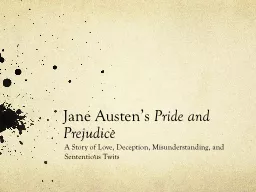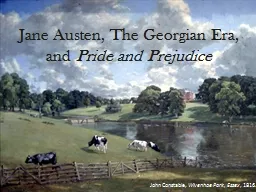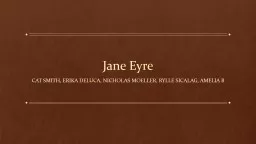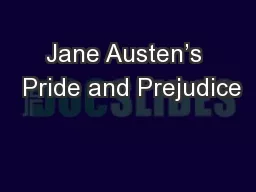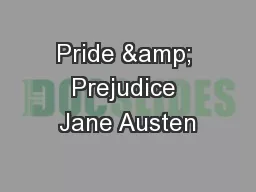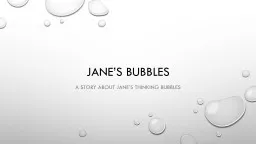PPT-Jane Austen’s
Author : pamella-moone | Published Date : 2017-09-22
Pride and Prejudice A Story of Love Deception Misunderstanding and Sententious T wits Jane Austen 17751817 The Move from Bath to Chawton Chawton Cottage Publication
Presentation Embed Code
Download Presentation
Download Presentation The PPT/PDF document "Jane Austen’s" is the property of its rightful owner. Permission is granted to download and print the materials on this website for personal, non-commercial use only, and to display it on your personal computer provided you do not modify the materials and that you retain all copyright notices contained in the materials. By downloading content from our website, you accept the terms of this agreement.
Jane Austen’s: Transcript
Download Rules Of Document
"Jane Austen’s"The content belongs to its owner. You may download and print it for personal use, without modification, and keep all copyright notices. By downloading, you agree to these terms.
Related Documents

